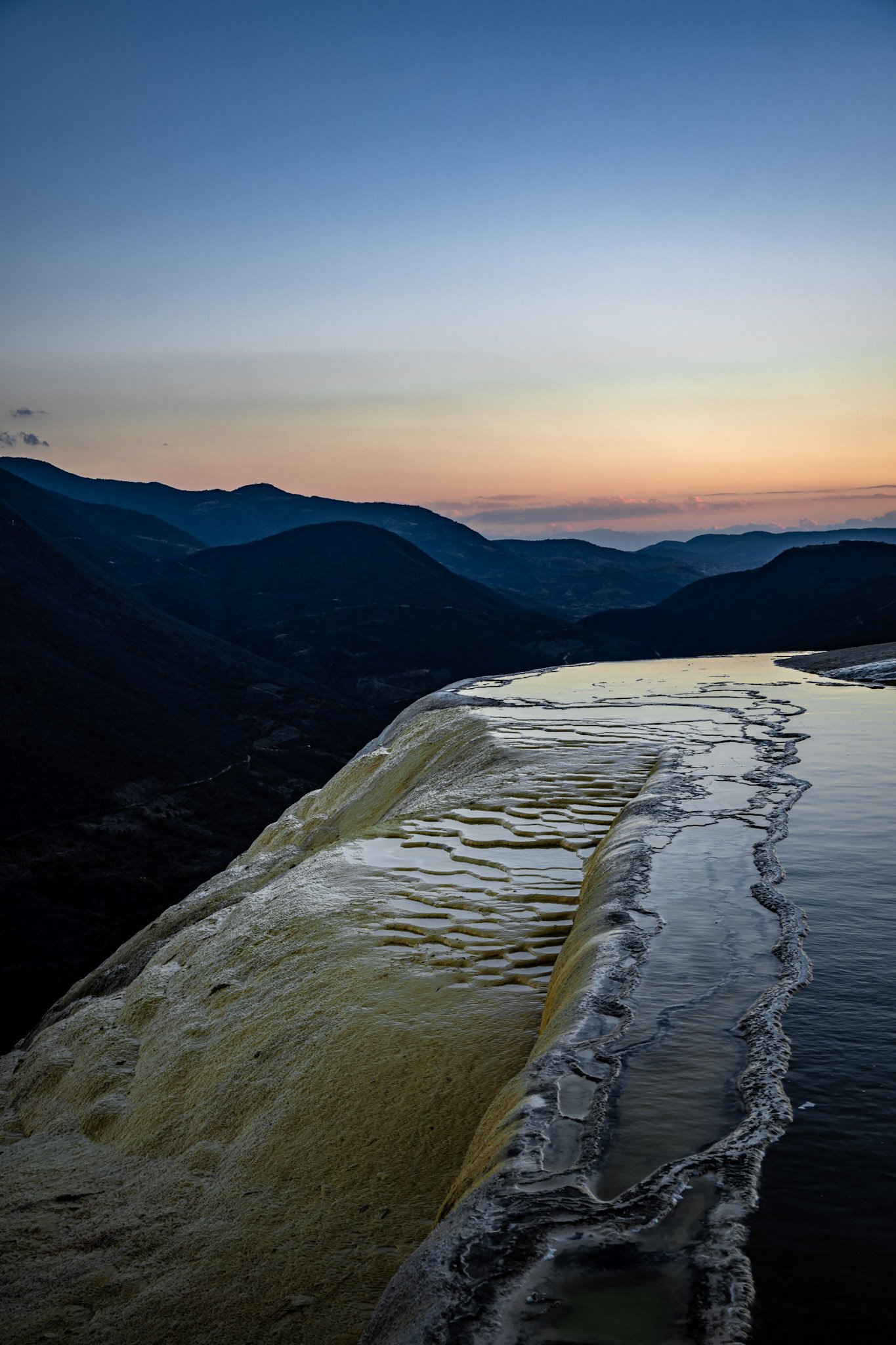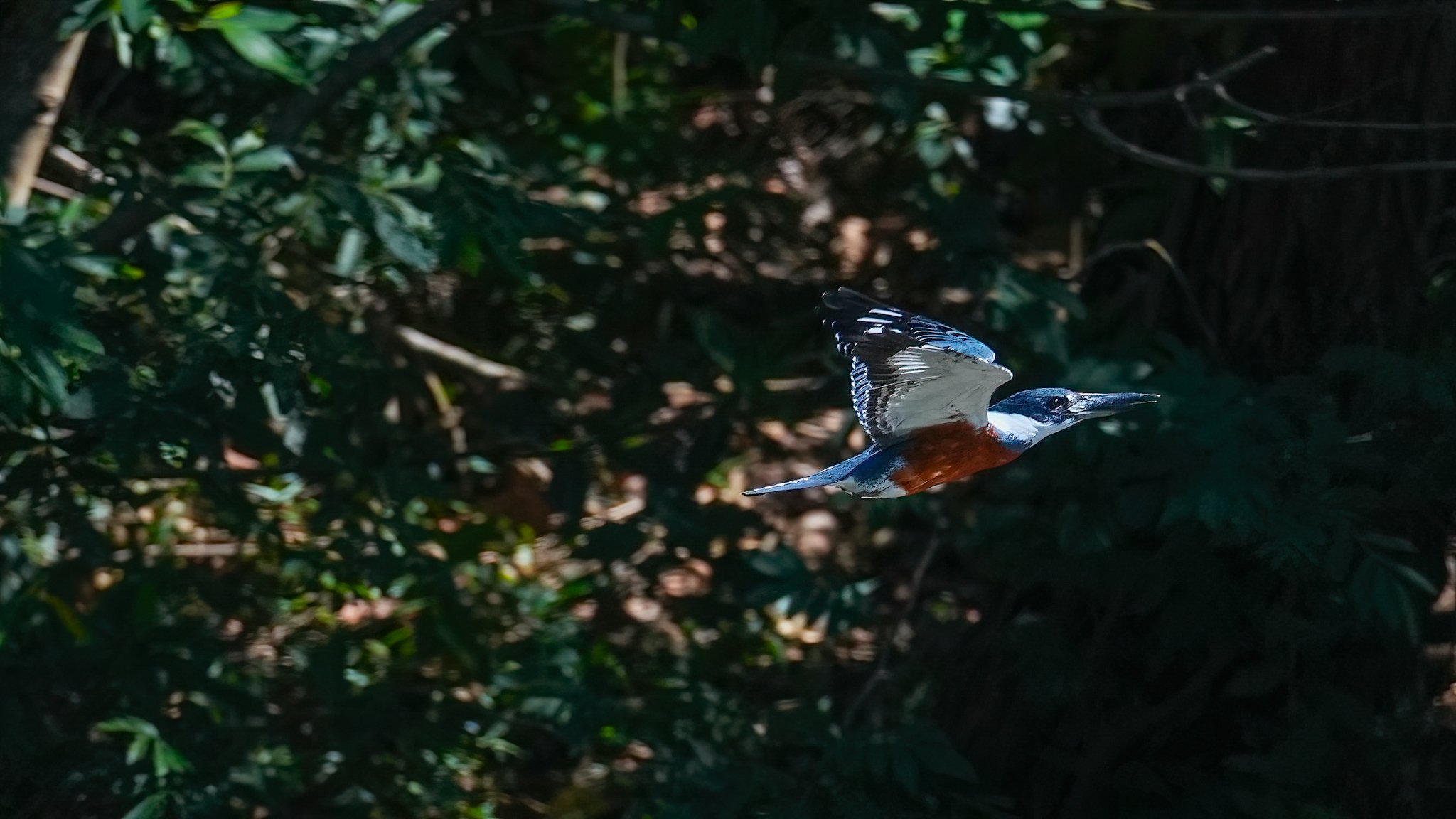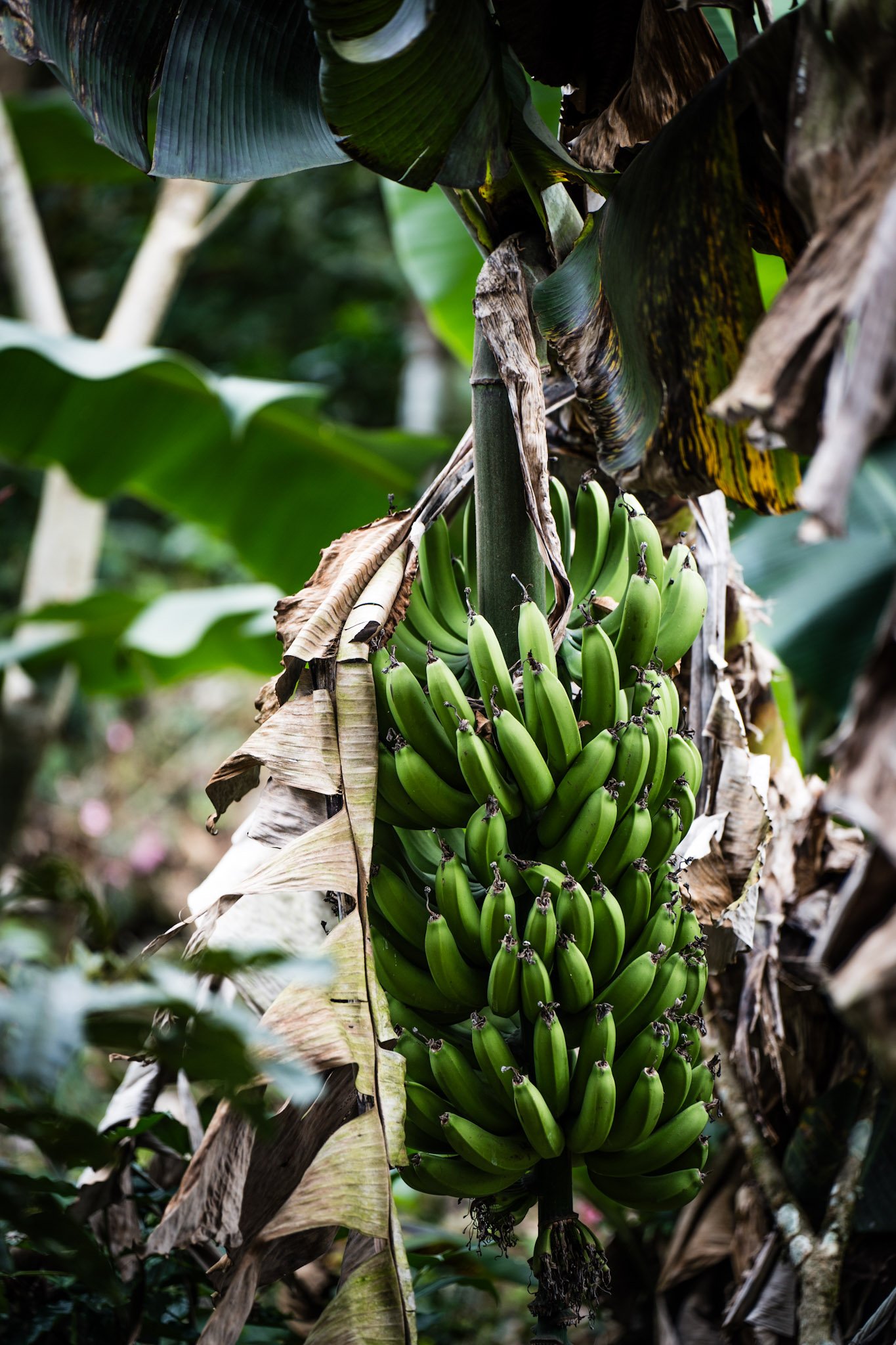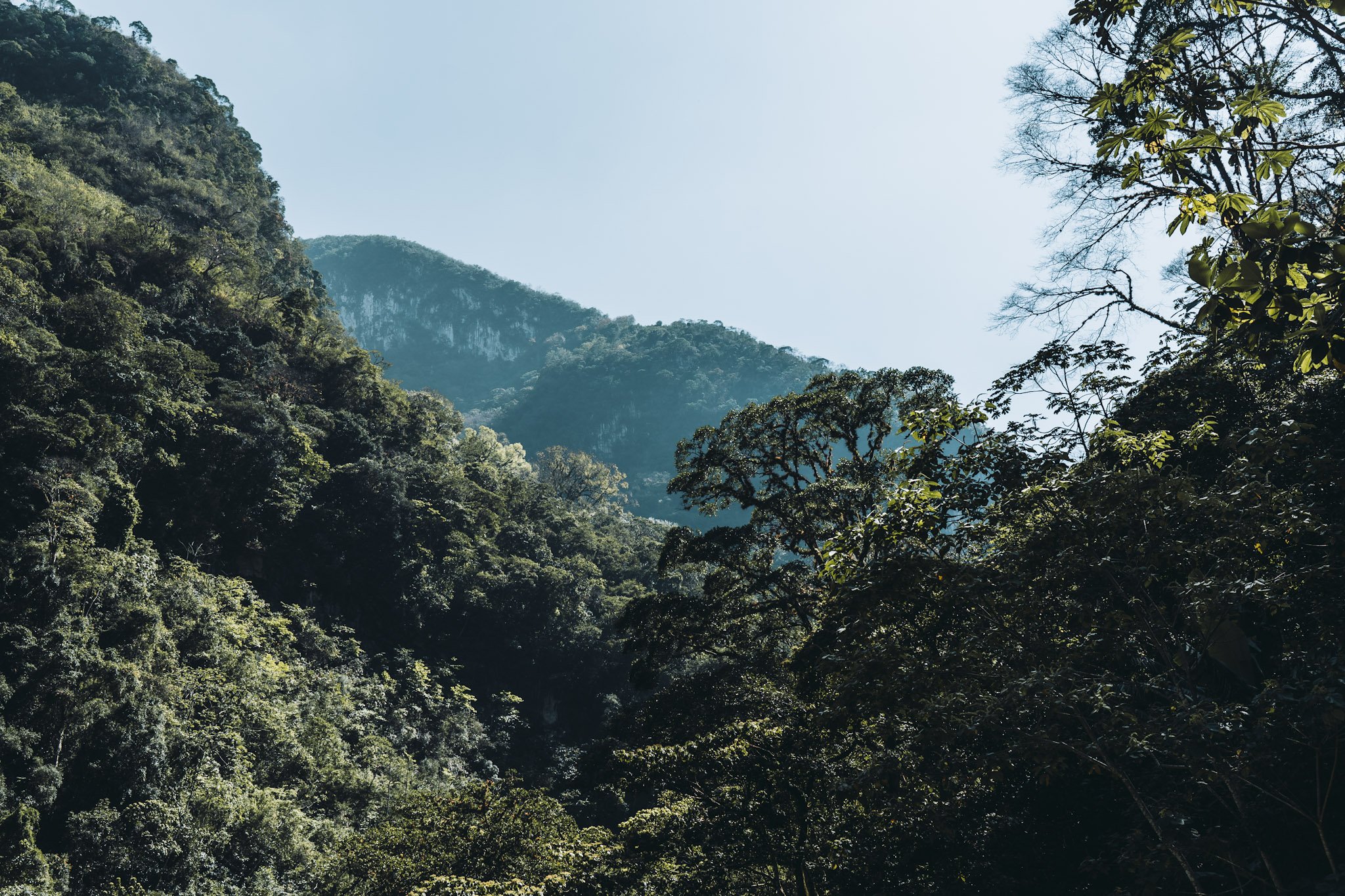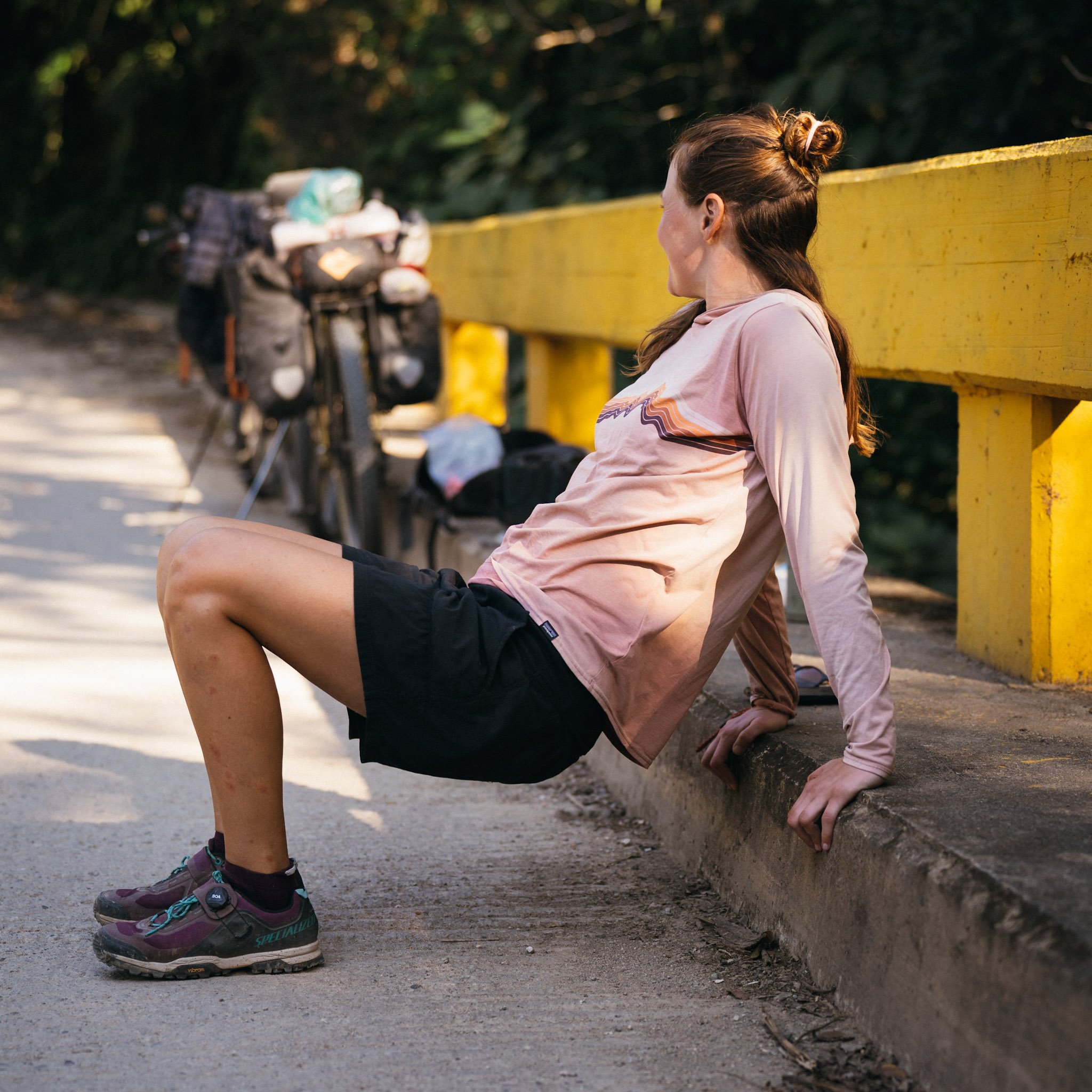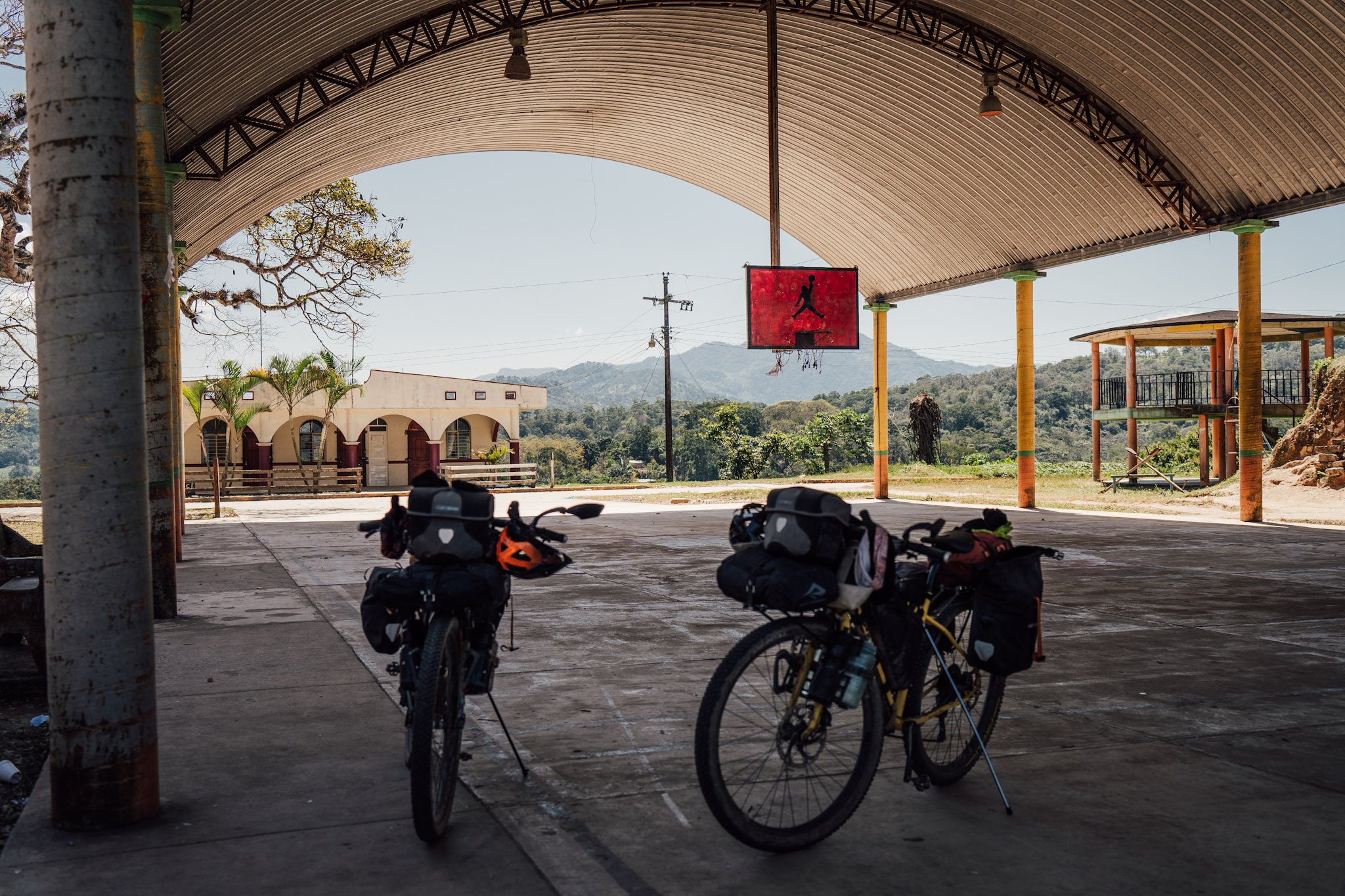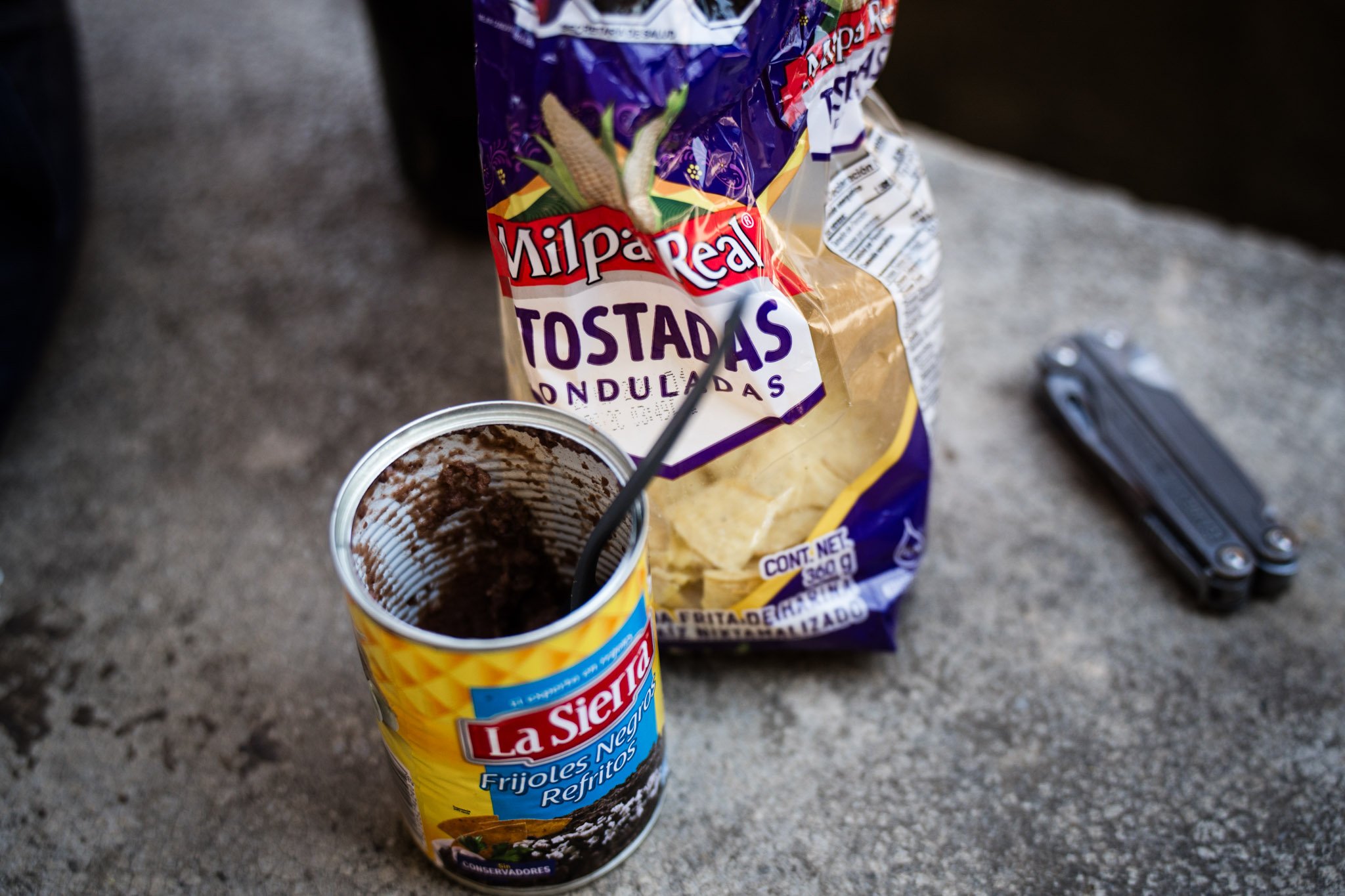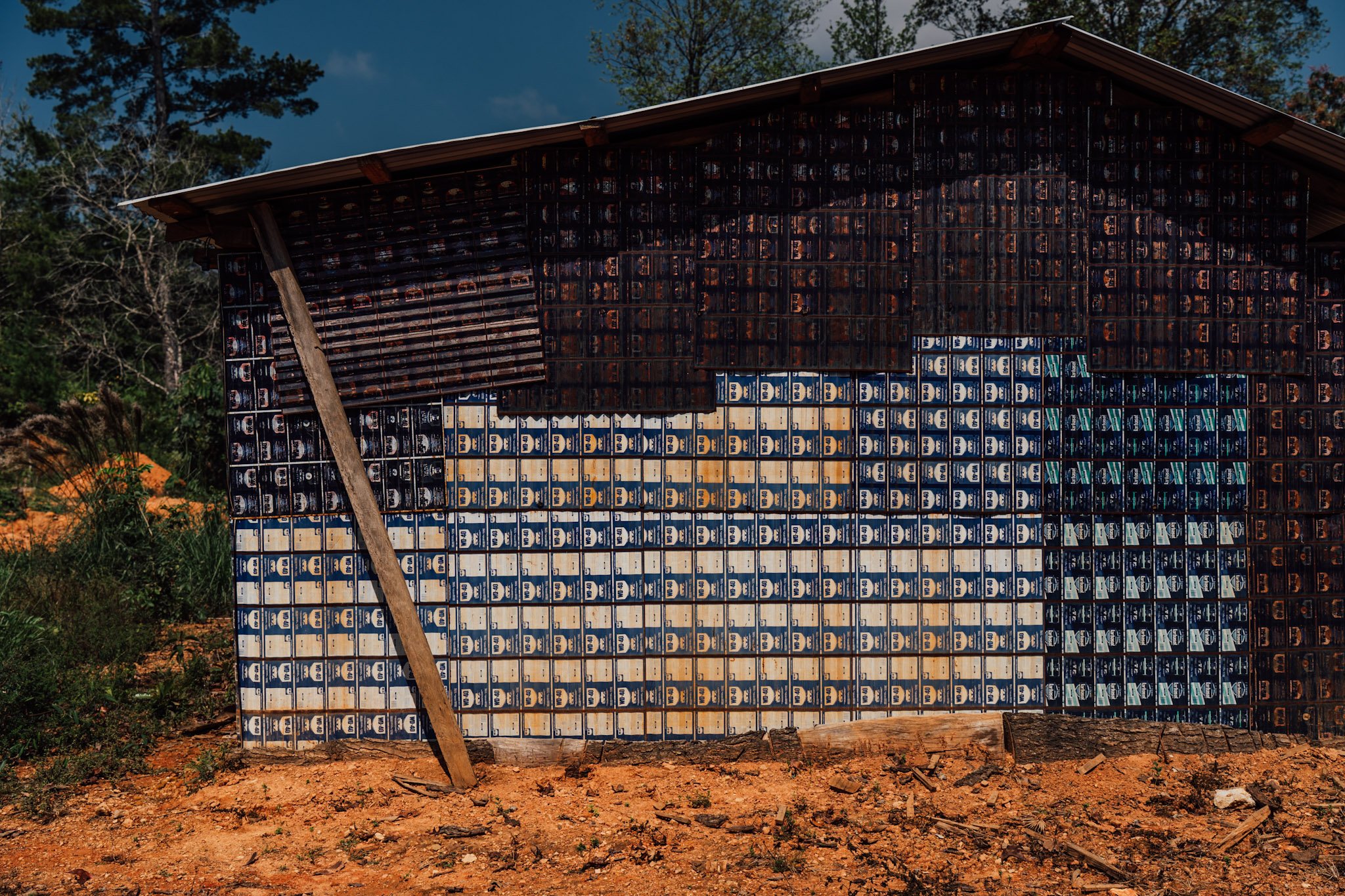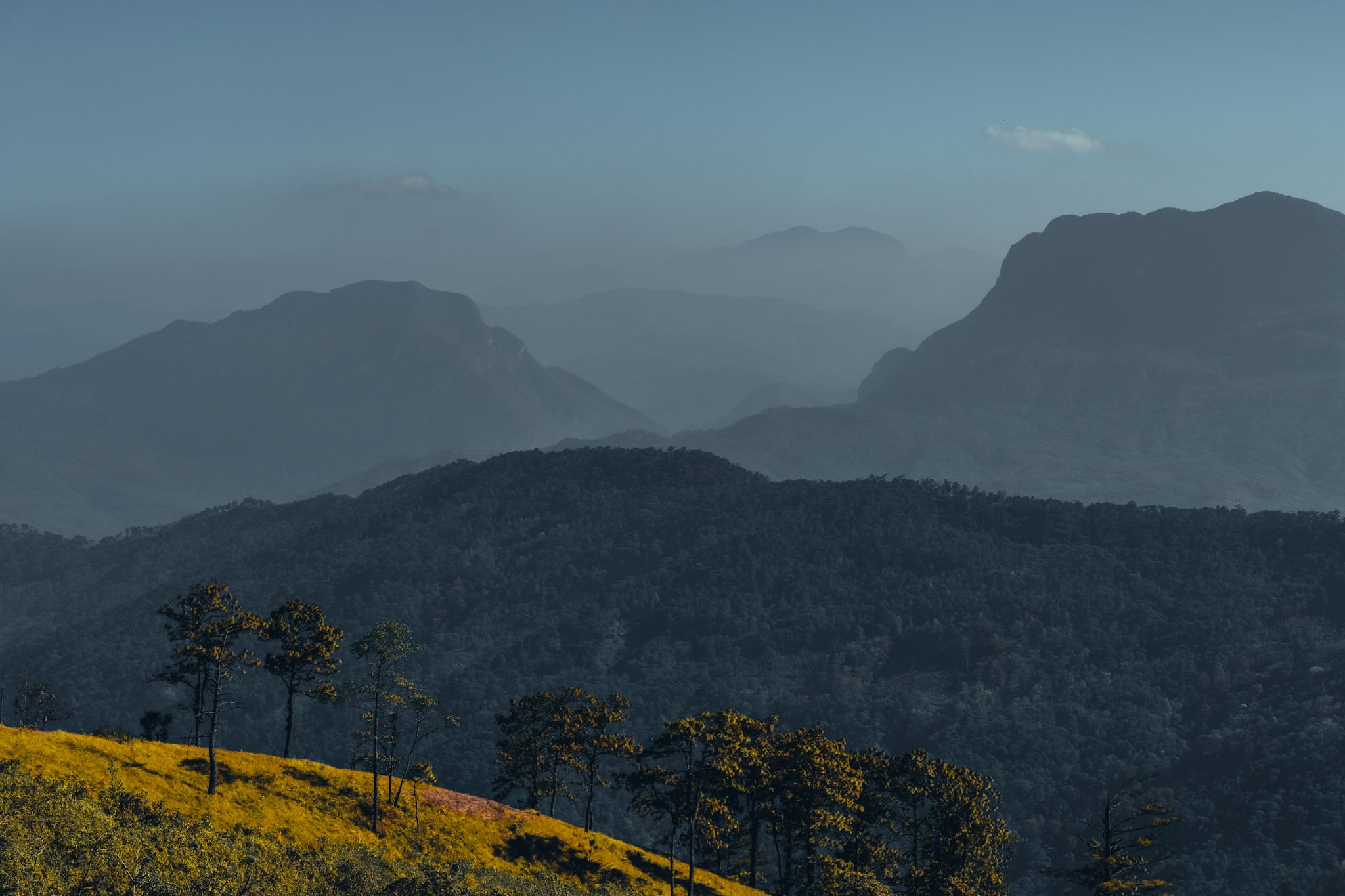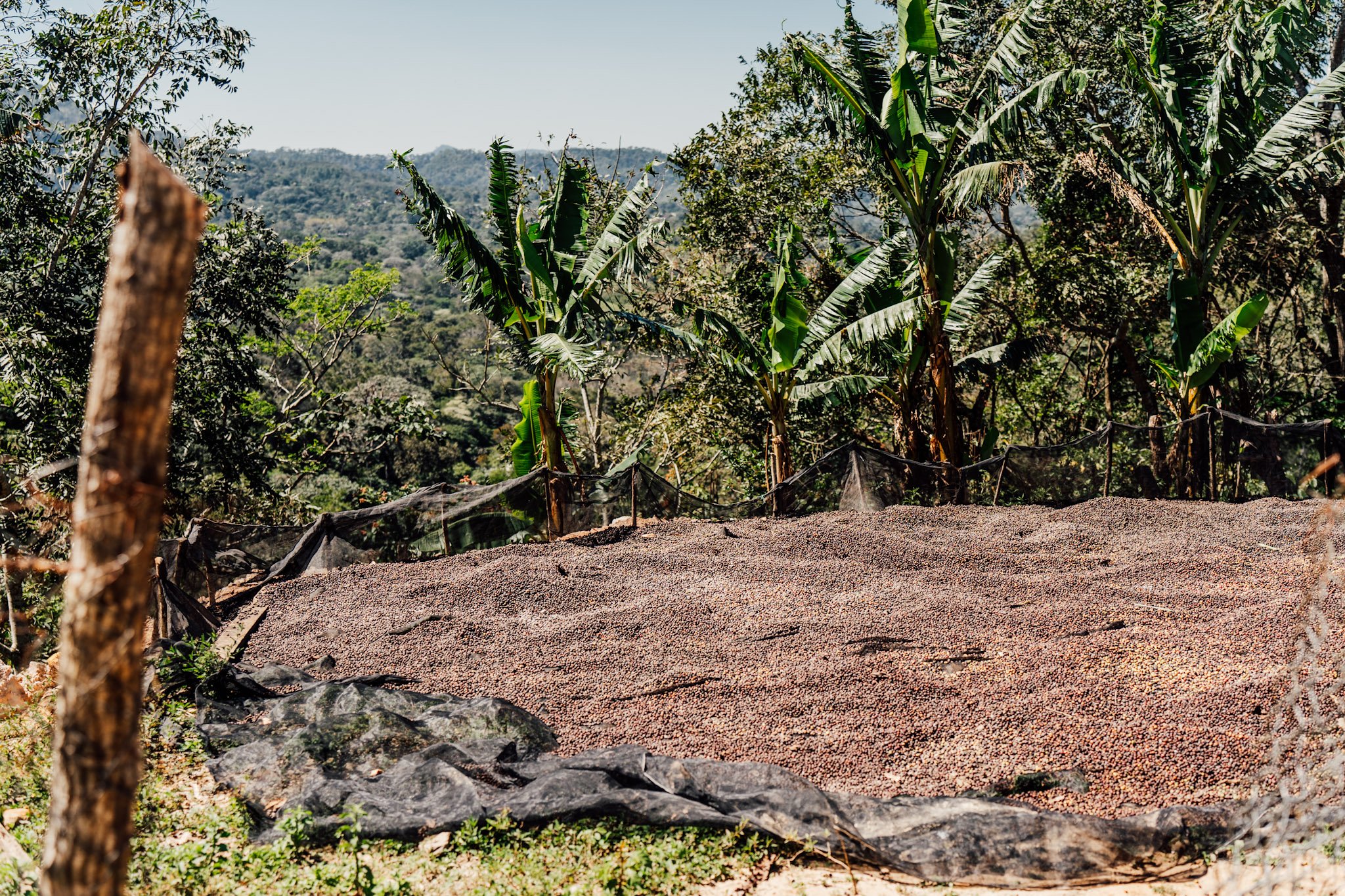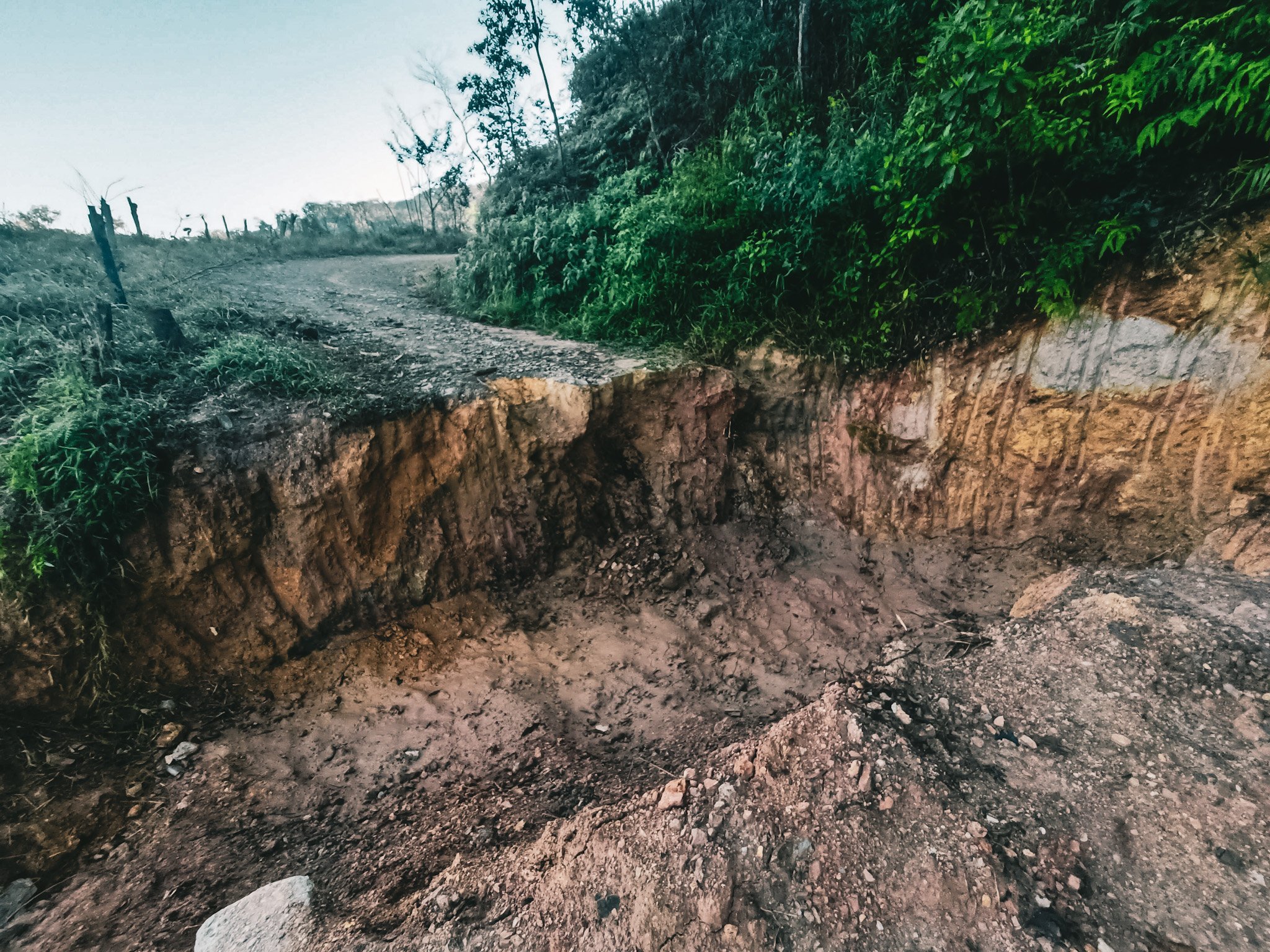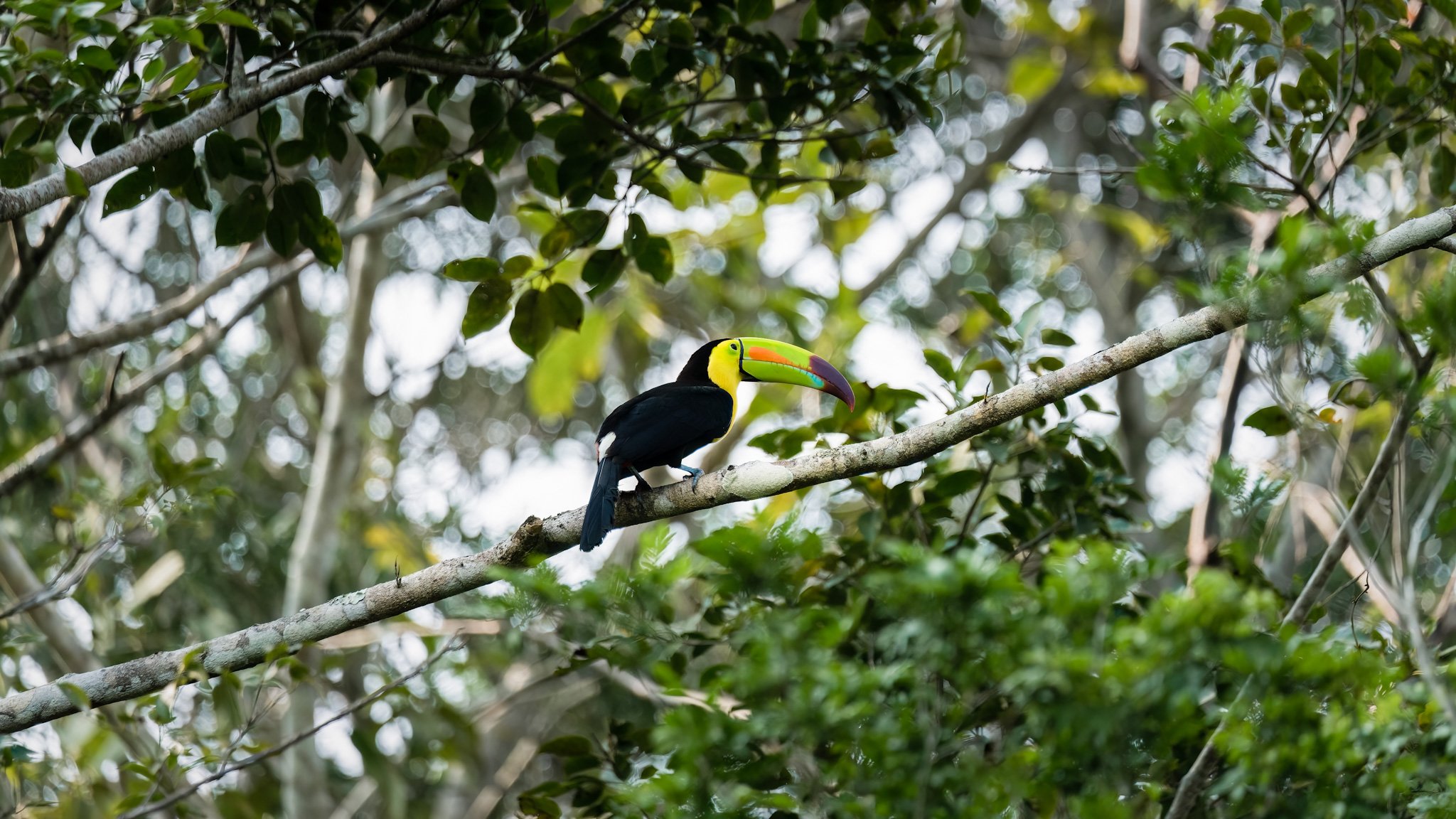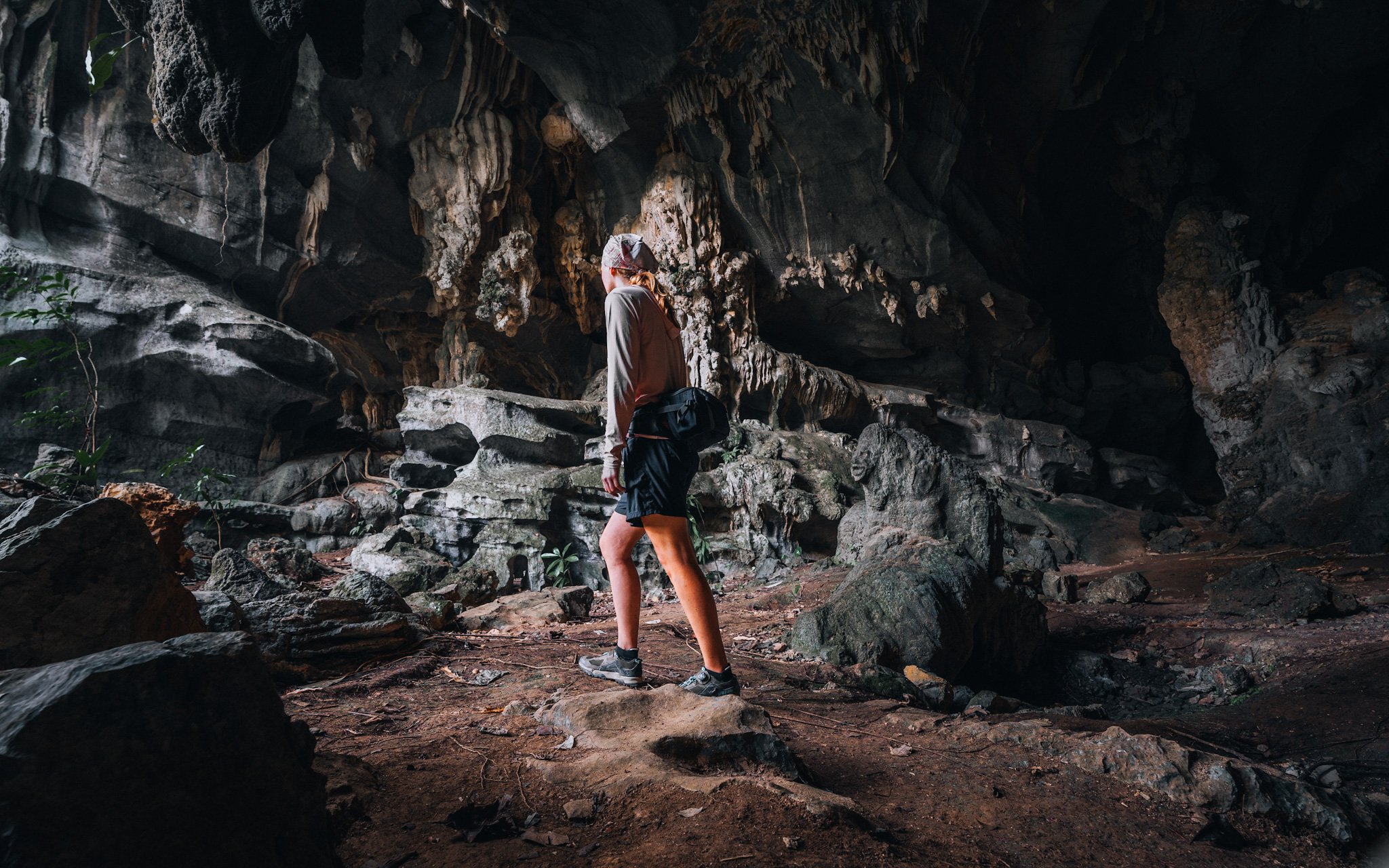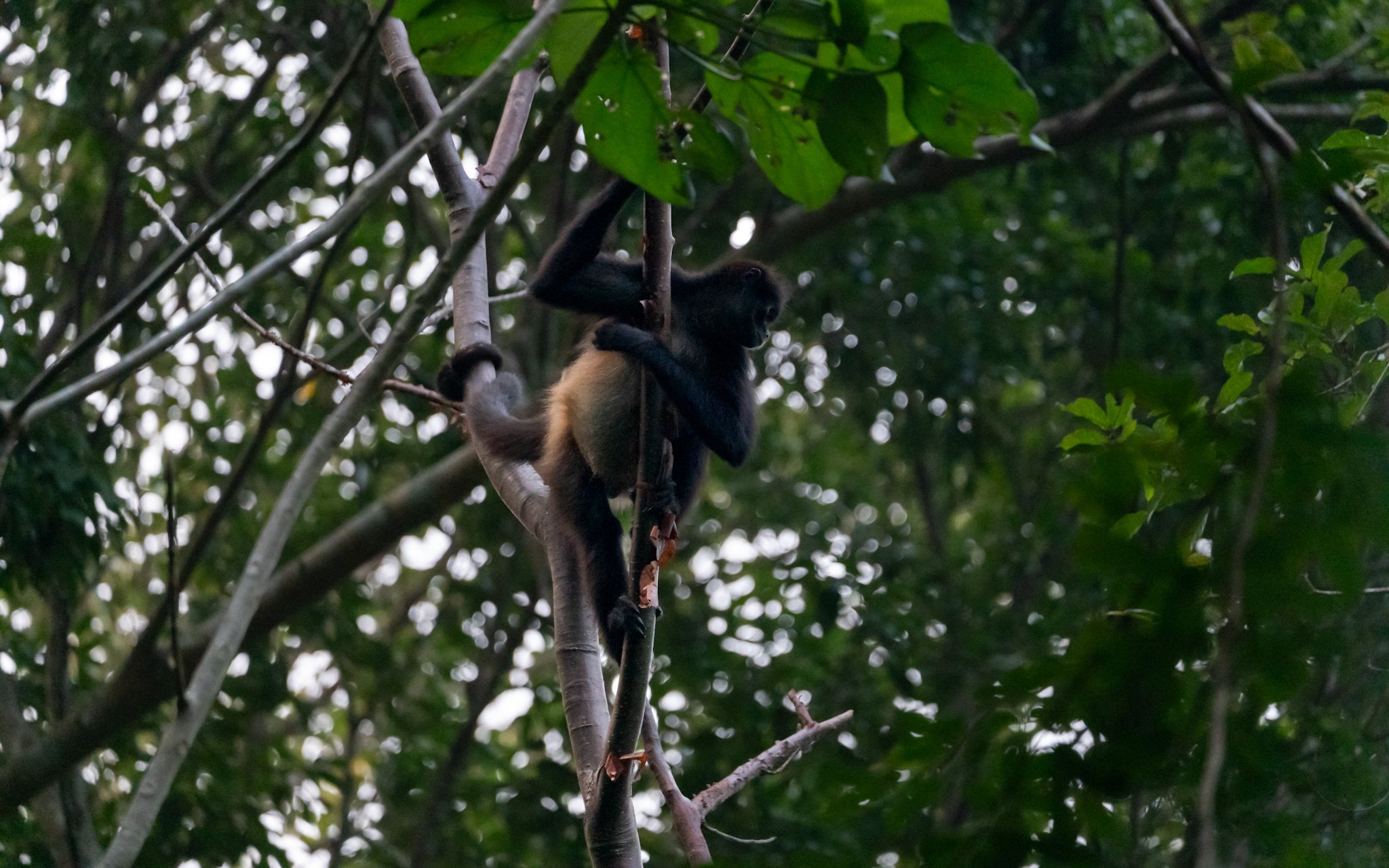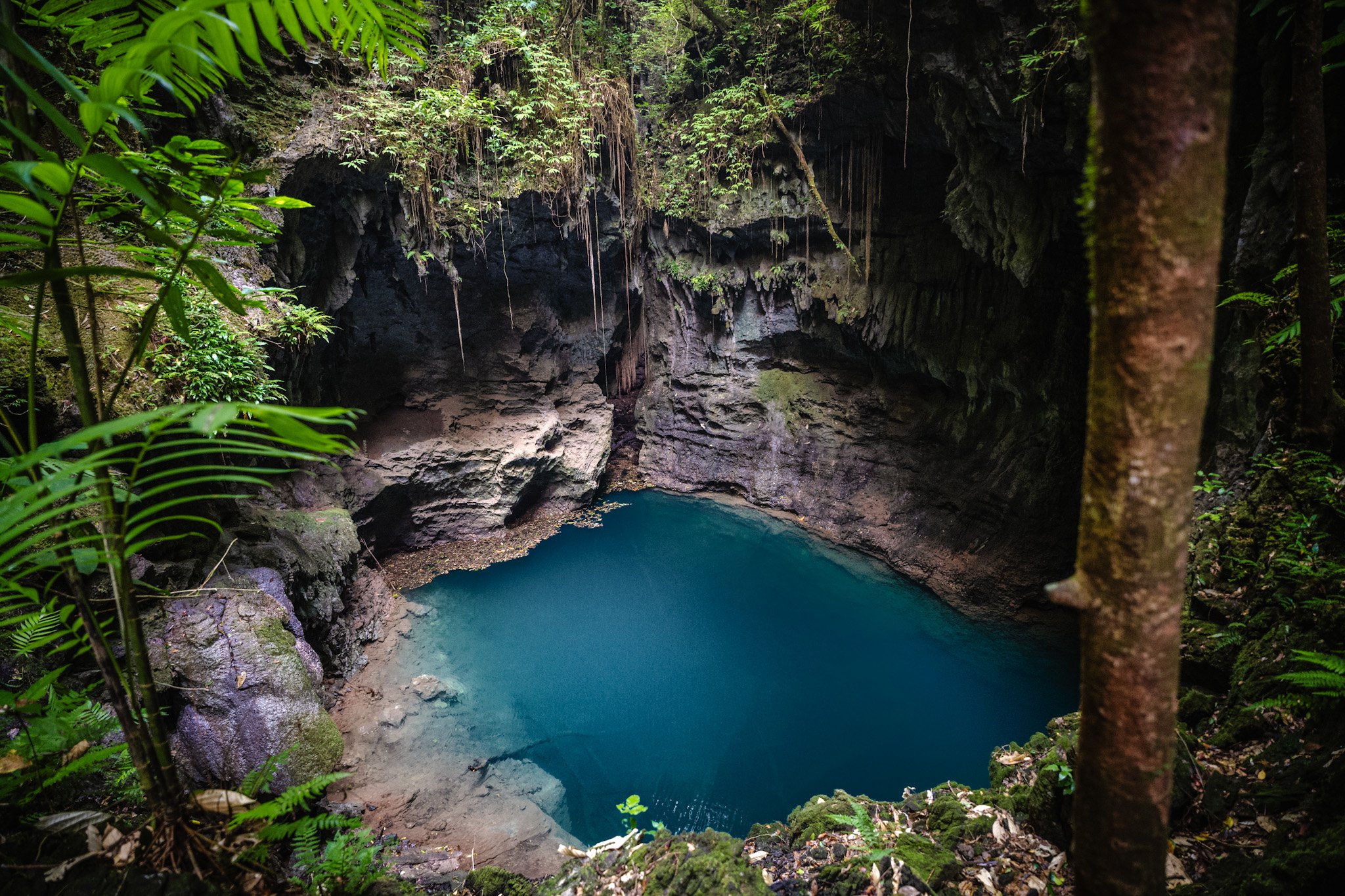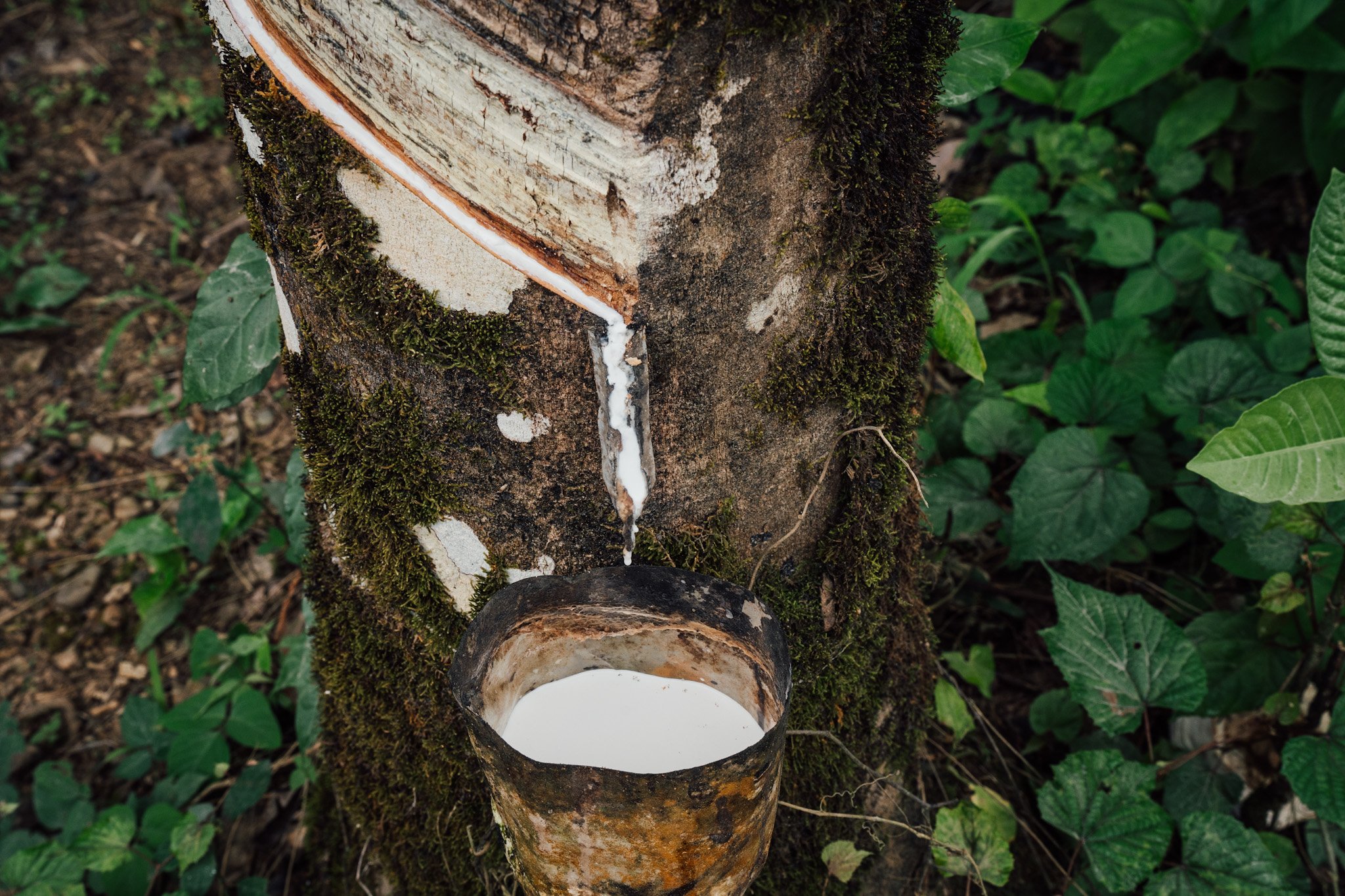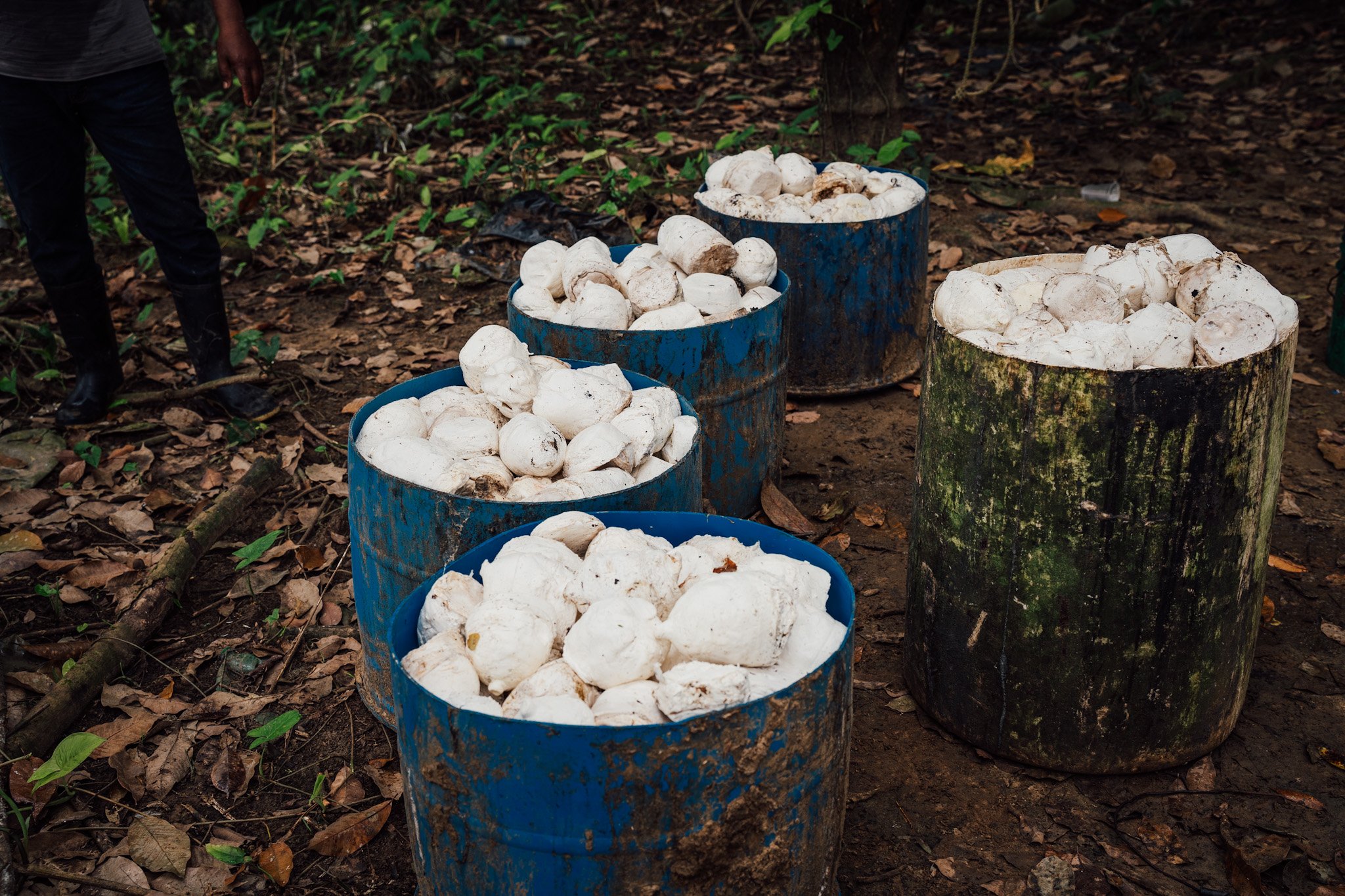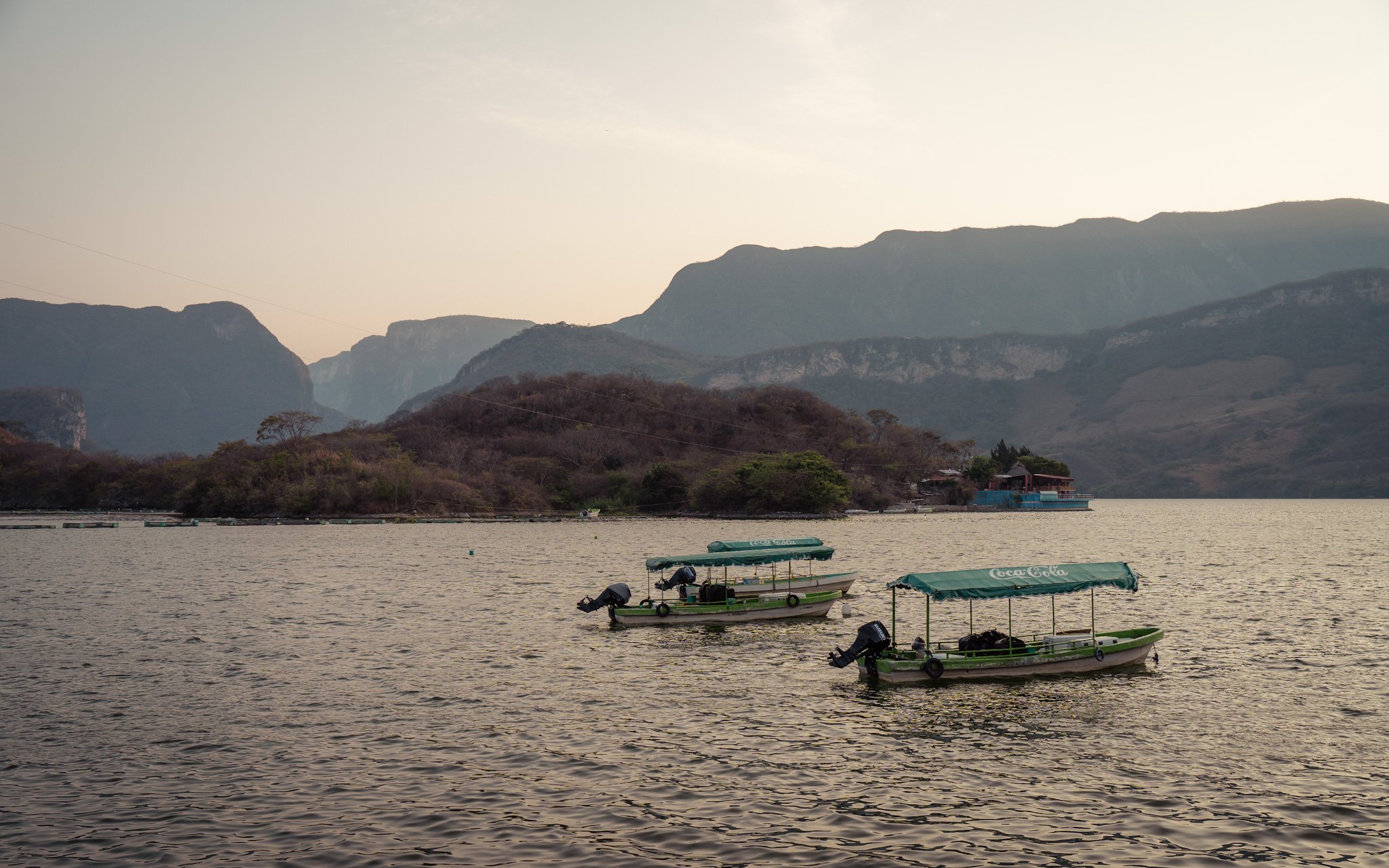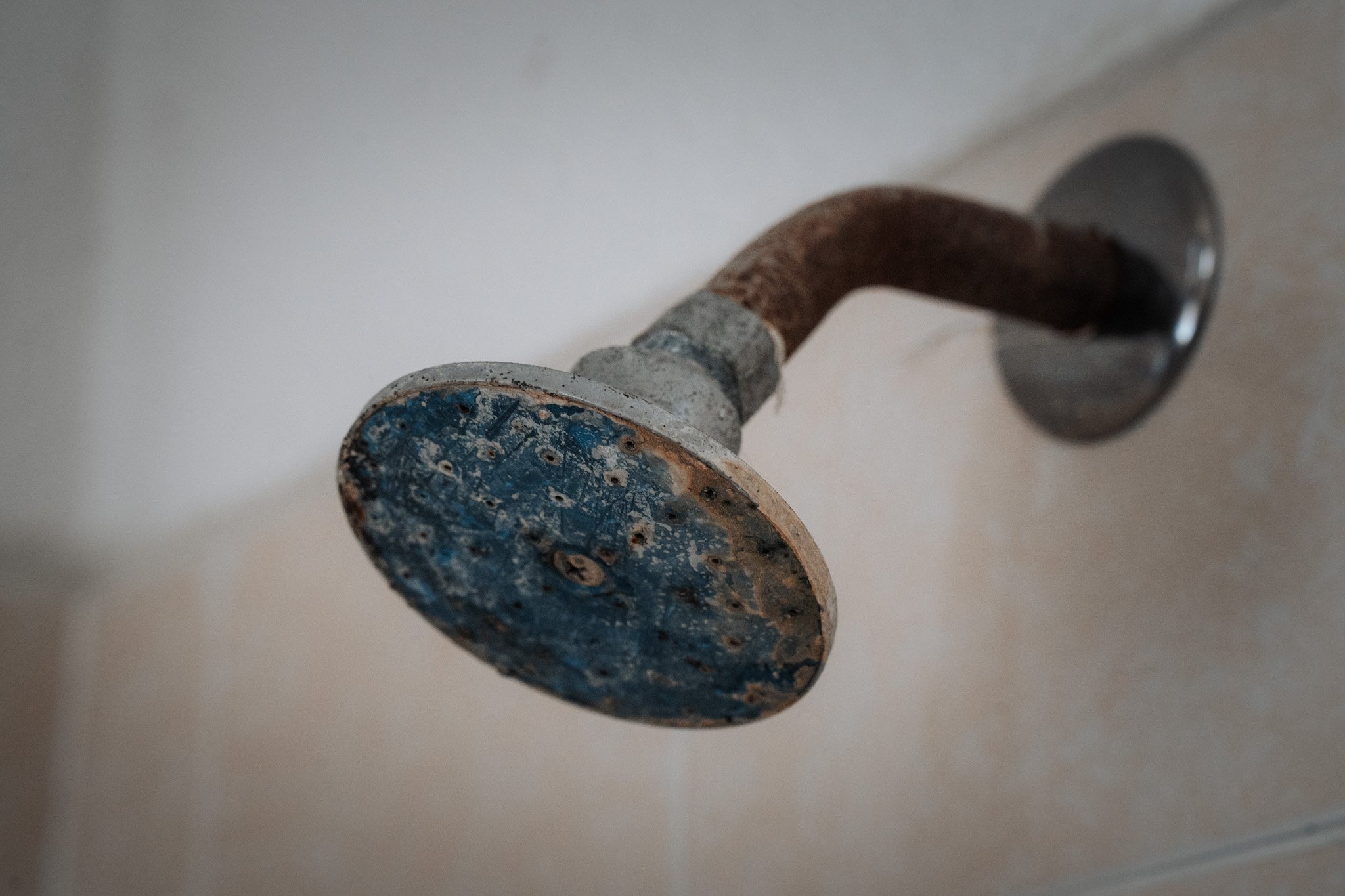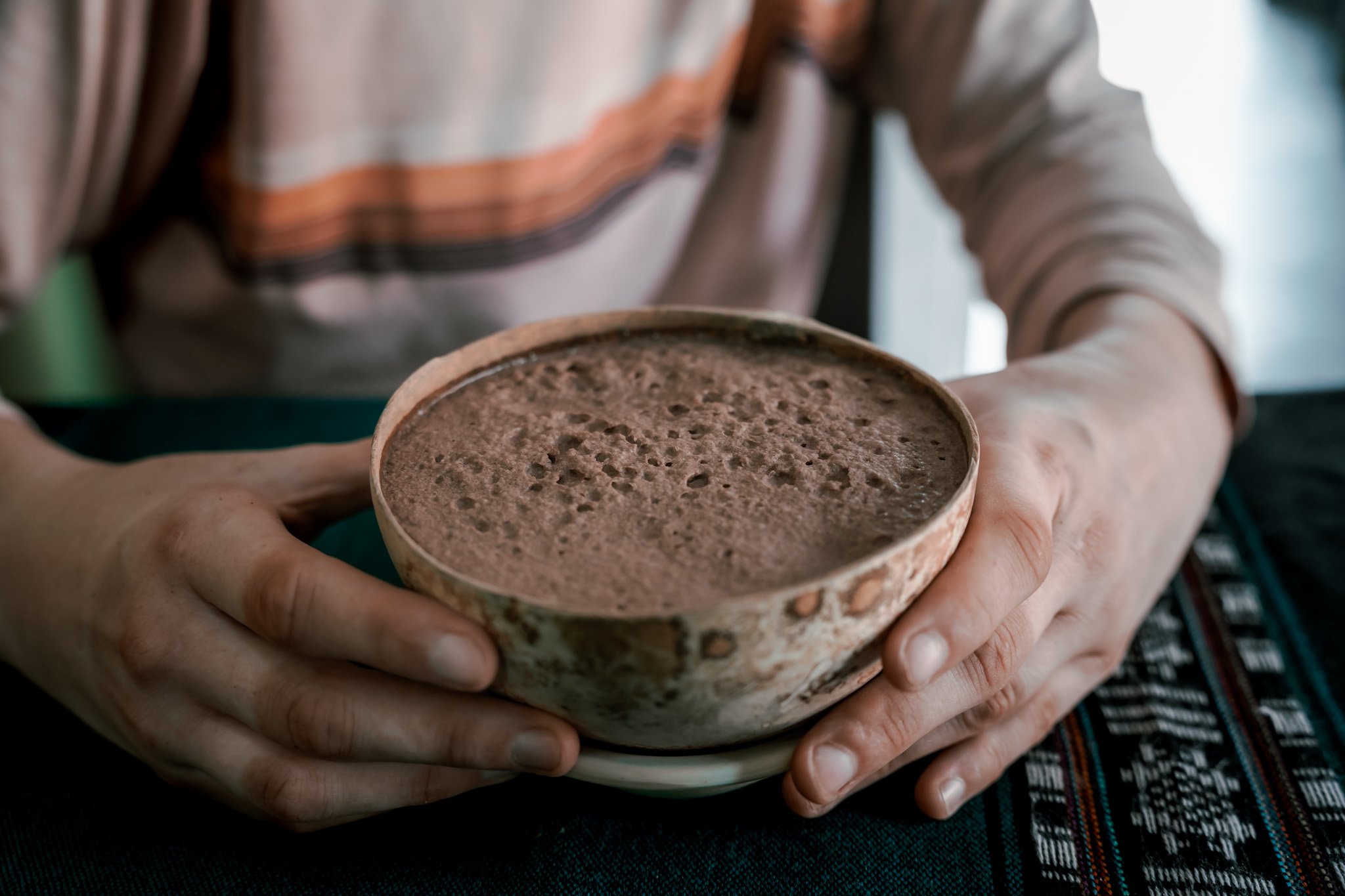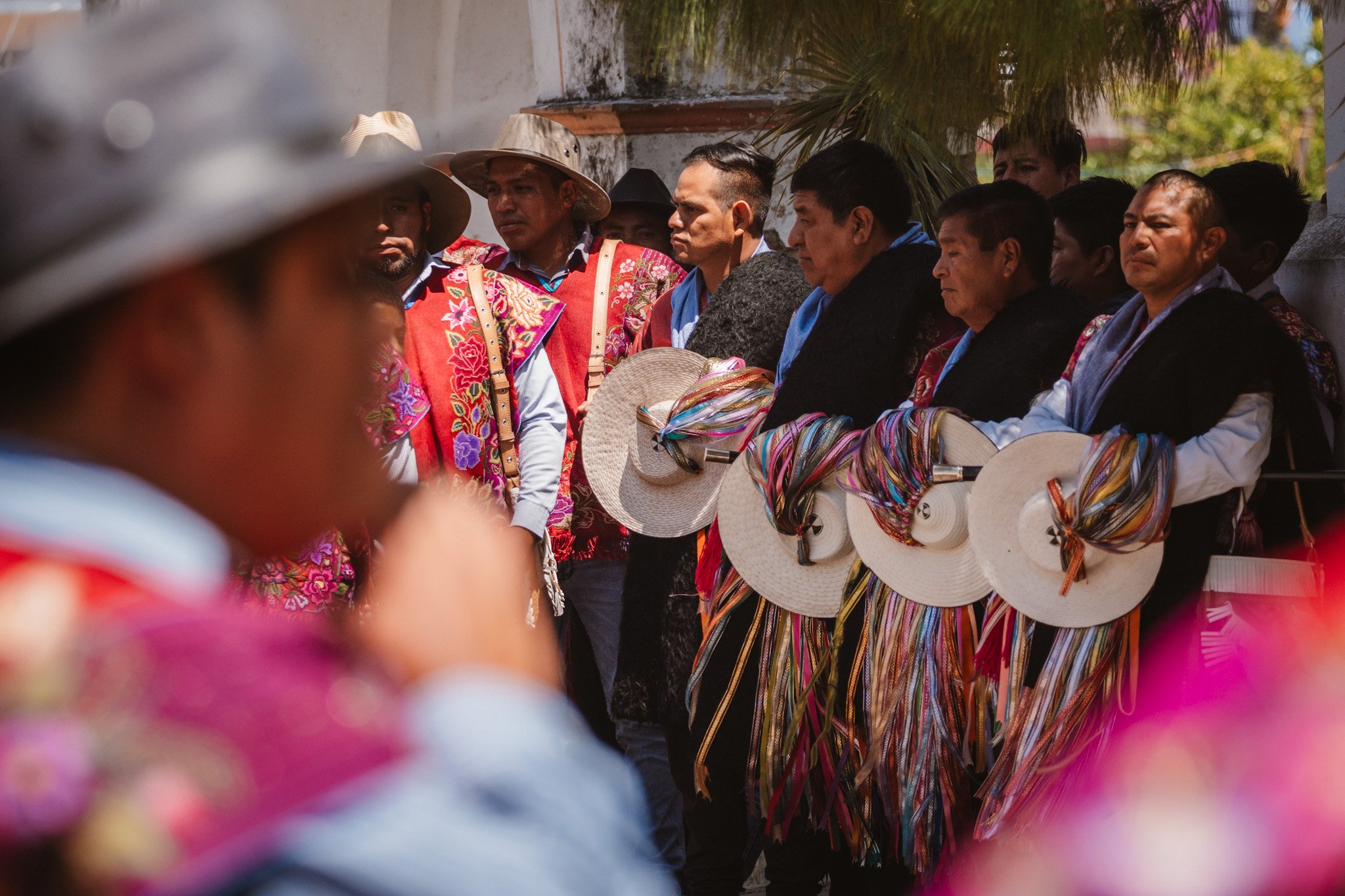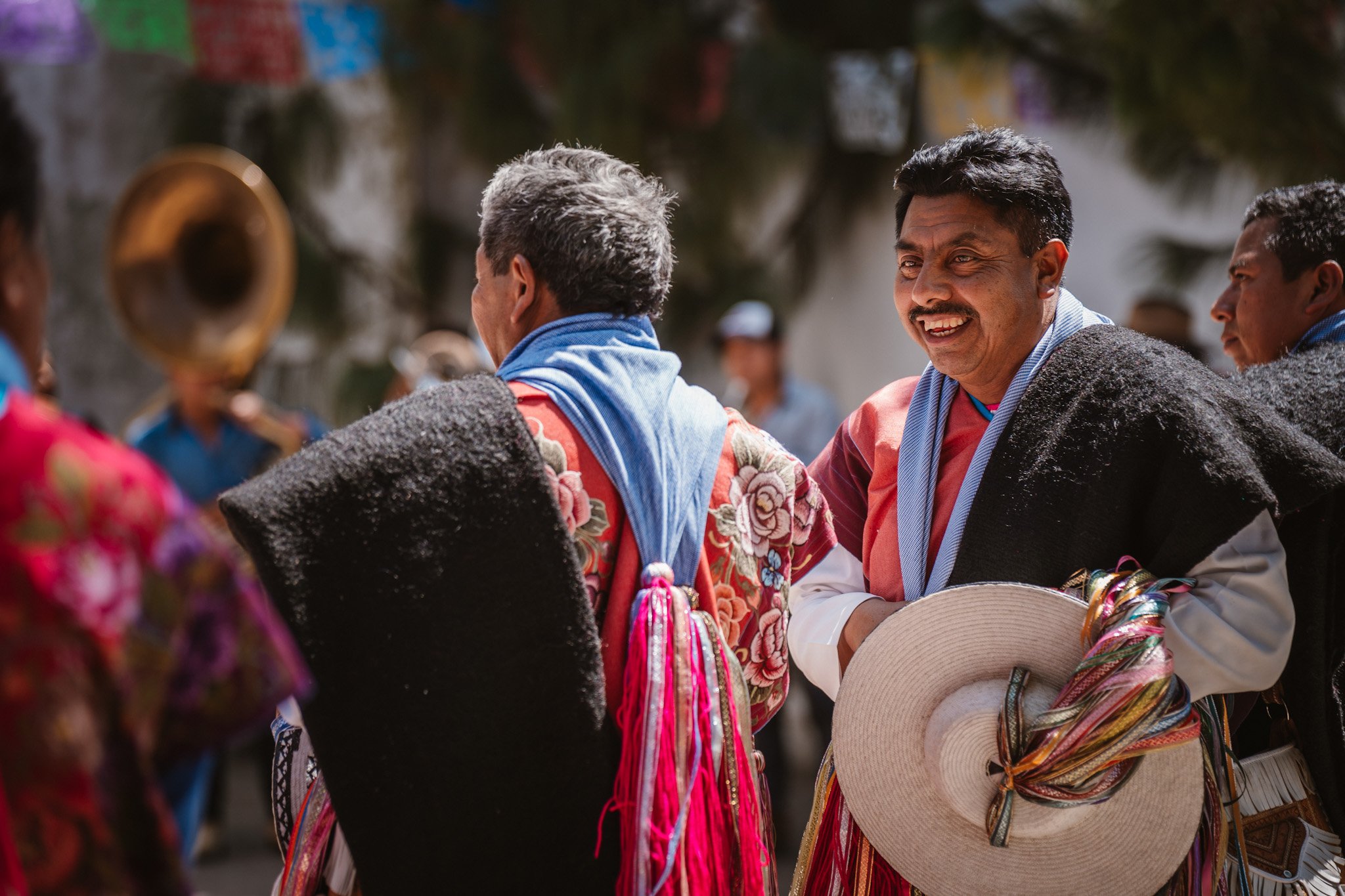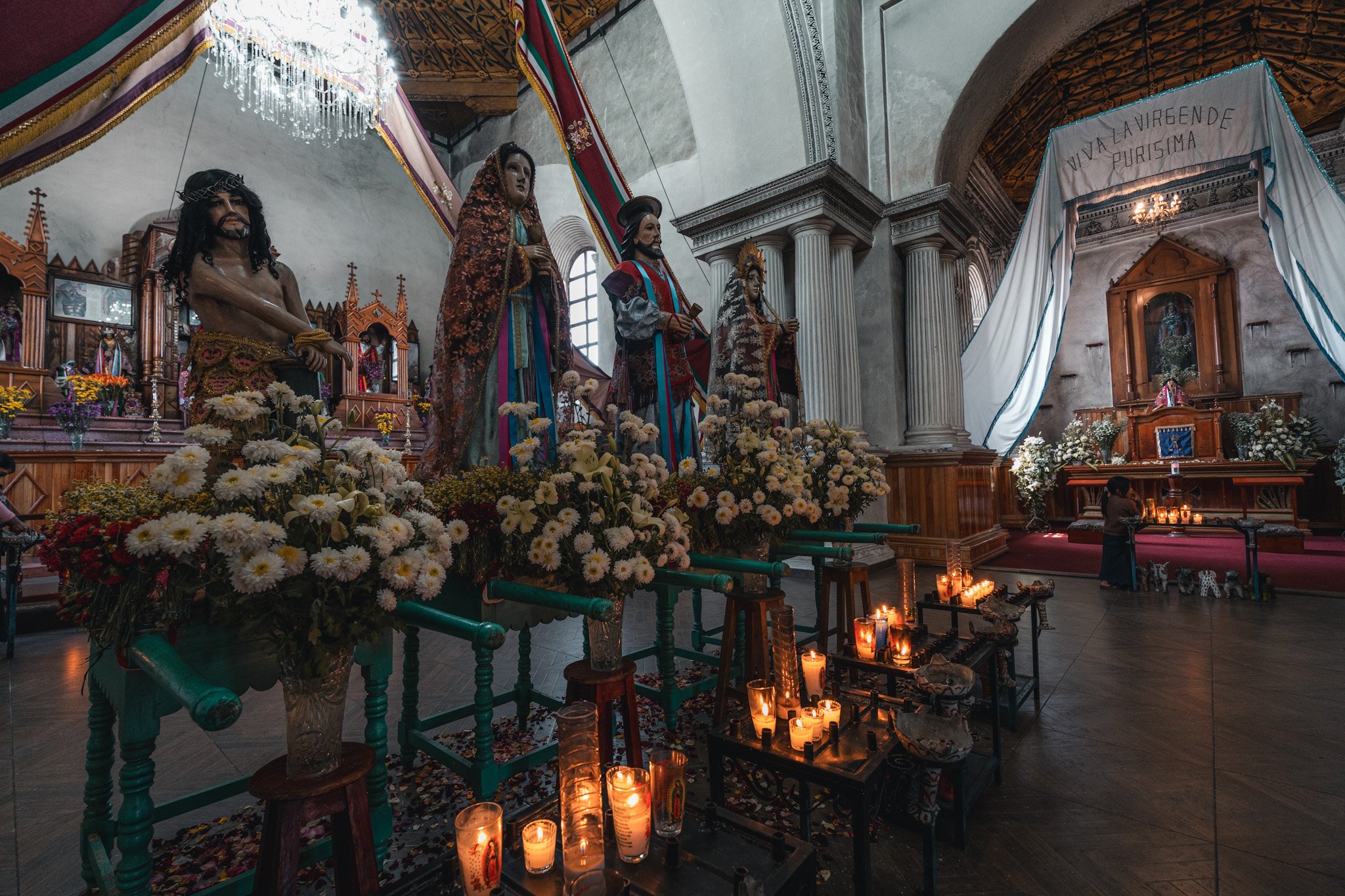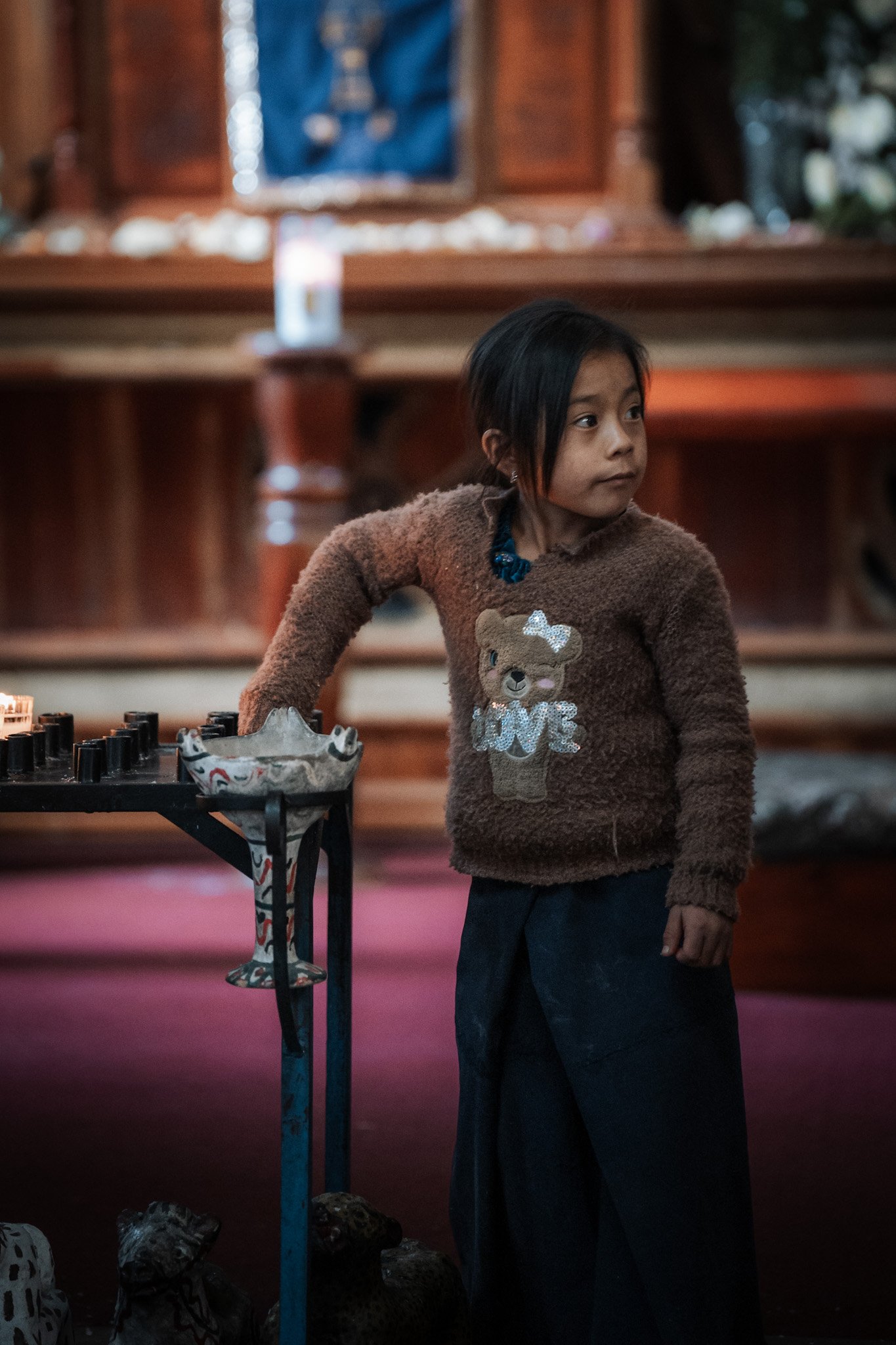Mexico - Oaxaca to San Cristóbal de las Casas
Well rested, we start in Oaxaca in the direction of Guatemala. We are making a short detour from the Trans Mexico to Hierve El Agua. It is a series of natural travertine rock formations which looks like waterfalls. They consist of two cliffs that are between fifty and ninety meters high. These formations are formed by freshwater springs whose waters are oversaturated with calcium carbonate and other minerals. We were very impressed by a pool with a dried-up tree. During the blue and golden hour in the morning, the colors changed every second.
In the small village of San Pedro we sit out for a day of rain. In our accommodation we meet the "Polaco" Mateusz who also doesn't feel like riding in the rain. We cook together, stroll through the market and have a lot to tell each other. Unlike us, Mateusz soon turns towards Yucatan.
The next morning we will start the climb in best weather. Once at the top, we have a magnificent view over the Sierra Madre de Oaxaca, the clouds hang in the valleys and the sun is shining - phenomenal!
On the steep descent, we shoot through the clouds. For the first time since the beginning on the mainland, we not only get below 1,000 but even below 500 meters of altitude. Under the cloud cover we see another world. We don't know what to expect further south, but that's exactly how we imagined the "jungle." Colorful birds and snakes cross our path.
The next five days were very exhausting, the climbs were consistently 10% grade and by lunch 1,200 meters of altitude had always passed. The nights were very humidity, every noon we had to dry the tent in the sun. However, we feel physically and above all mentally very strong at the moment. On such an adventure, this is not always the case, there are always ups and downs and mood swings are not rare. Many cyclists tell us similar experiences.
The area feels very remote and poor. The Tiendas (shops) in the small villages that we pass about once a day are only very minimally equipped. We noticed, that in addition to the building material wood, a lot is also covered with sheet metal plates, these often have prints of crown caps or other metal packaging. We suspect it is misproductions or donations.
On the small plots we repeatedly see areas on which coffee cherries are dried in the sun. They are turned several times. A guy tells us that drying only takes a week. After that, the coffee beans are removed from the pulp and further processed. We are looking forward to learn more about coffee cultivation further south.
We knew that there are sometimes land disputes between some villages in Mexico. We didn't know it on our route, but then we stood at the exit of a small village, in the middle of nowhere in front of a 2 m deep and 4 m wide, dredged ditch. We drove back to the village where we were told that they had problems with the neighboring village and that it had already been shot. "But no one shoots at tourists," said the nice gentleman. With high effort, we brought the bikes through the ditch and continued cycling with a bad gut feeling. A few collararassari luckily distracted us a bit.
In the next village, everything was the same again, friendly faces and waving kids. A woman and her daughter prepared us something to eat in their Comedor (a mini restaurant in the private house). We listened to their conversation, it was a language we had never heard before and had nothing to do with Spanish. It must be one of the many indigenous languages. In Mexico, in addition to the main language Spanish, there are also approx. 60 indigenous languages from before the colonization by the Spaniards.
After all the up and down, we took a day off. However, we could not sleep in, a loud parade of students and police officers marched through the small town early in the morning with a chapel.
Finally, a longer, "flatter" section again. And then they sat right on the side of the road in a tree, a Toucan couple. The large, rainbow-colored beak is unmistakable - everyone knows it from the Haribo "Tropifrutti" packaging. For a brief moment, we were able to observe them and take a photo before they flew deeper into the jungle. Our large, heavy zoom lens is very rarely on the camera, but that day was Payback. Thanks to Mark and Richie for the advice to carry it with us!
We knew that there were supposed to be some caves along the route, in the evening we set off. They were huge and very impressive. At the top of the trees, some spider monkeys complained about what we still have to look for in the jungle so late.
Back in the village, we were asked if we wanted to see a cenote the next morning, but it is hidden deep in the jungle. We were very surprised because we thought that there were no cenotes in this region. So let's go! We drove about half an hour with our bikes next to Pedro Pascual with his motorcycle, then we went deep into the jungle, really not often someone comes by here. Pedro cleared the slippery path with his long machete. Then the Cenote shone in deep blue - we were flashed.
The last state on our route before Guatemala is Chiapas, but before that the Trans Mexico makes a small bow through Veracruz. It mainly goes through remote farmland with many herds of cattle. In the little Comedor Bybys we have a fun conversation and our first empanadas - Chido!
There are many rubber plantations on the side of the road. A man tells us that a tree after approx. 6 years starts to produce latex milk. Every 4 days he can harvest approx. 1 liter. Among other things, it is a component of tires and it is also used as packaging material for 🍆.
We enter the state of Chiapas near the Malpaso dam, which unfortunately only showed up in the strong haze for us in the morning. For this we were able to observe some Montezuma oropendola birds at breakfast. They are very acrobatic. They make a sound like R2D2 and have a very eye-catching yellow butt in flight.
A little later, we also discovered their nests. These are located high in the trees and are very elaborately braided.
From the dam to San Cristóbal de las Casas, we tormented ourselves for a few days. Our Superman pajamas definitely had more than just a few holes and we were no longer very receptive. In the end, there were 811 km and 17,762 meters of altitude at daily sticky 36 degrees Celsius. A laundry was unthinkable and in the few "Habitaciónes" there was not more than just a cold water tap on the shower. Anyone who invented these speed limiters in Mexico should better not run into us these days.
The Mayan influence in this region is becoming more and more present, our latest energy drinks are Pozol and Tascalate. The main ingredients are corn powder and cocoa.
The village of Zinacantán also cheered us up. This is where the Tzotzil live, an indigenous Mayan people with very strong traditions. In addition to food, they also plant a lot of flowers, which is also reflected in their beautiful clothes. All residents in the village wear it. With a respectful distance, we watched a ceremony in front of a church.
On the last meters before San Cristóbal de las Casa, there was a russet-crowned motmot as a reward.


